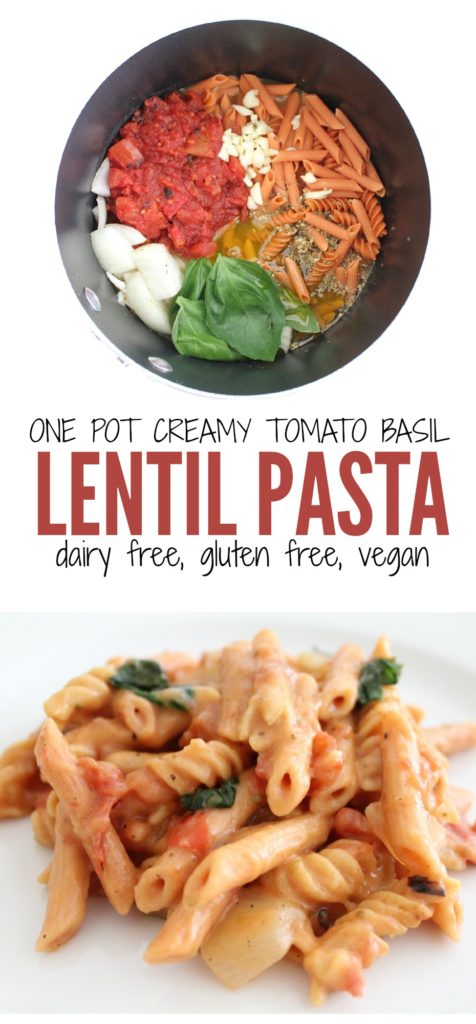Here's to Your Health!
Ideas, Recipes, and Tools for Eating Well
Wellness
|Health & Wellness Article
May We Recommend
Diet Preferences
My Shopping List
+ Add to Shopping List
WELLNESS TOOLS
EATING BY COLOR
Blues
Orange
Green
White
Red
WHAT'S IN SEASON?
GLOSSARY
 Healthy Pin of the Week
Healthy Pin of the Week

Calcium

The What, Why, and Where?
One of the most important, and plentiful, minerals in the body is calcium. Calcium allows proper functioning of the heart; builds and repairs bones and teeth; clots blood; helps nerves function; and makes muscles contract. The majority of calcium found in the body is stored in the bones, with the rest in the blood. If the calcium levels in blood drops, then the body will begin to take calcium from the bones. The body needs calcium to function properly, while bones need calcium to be strong and firm.
When bones are depleted of calcium they become weak. One bone-related disease, resulting from weak bones, is osteoporosis—low bone mass, which could result in bones that fracture or break easily. The National Osteoporosis Foundation states that, "if left untreated, osteoporosis can progress painlessly until a bone breaks. These broken bones, also known as fractures, occur typically in the hip, spine, and wrist."
Because the body does not make its own calcium, we need to get calcium from our diet. One way to get more calcium in our body is through foods that are high in calcium, such as milk, cheese and yogurt. However, if you or any members of your family are allergic to dairy products, calcium can be found in the following produce:
Bok Choy – Also known as Chinese white cabbage and white mustard cabbage, bok choy can be used raw in salads, in a stir-fry, or as a cooked vegetable, and can be used anywhere you would use celery. Bok choy is low in calories and high in vitamins A and C, and calcium.
Broccoli – A member of the cabbage family, broccoli can be eaten raw or cooked, and is a great snack or side dish. It is a great source of beta carotene, calcium, iron, riboflavin, and vitamin C.
Kale – With its mild, cabbagey flavor, Kale provides ample amounts of beta carotene, calcium, folic acid, iron and vitamin C.
Mustard – Down through the centuries, the mustard plant has been used for both culinary and medicinal purposes. Both the leaves (mustard greens) and seeds are used from this plant. Cooked mustard greens are a very good source of calcium, copper, dietary fiber, folate, manganese, and vitamins A and C.
Turnip Greens – This nutritionally supercharged vegetable can aid in the prevention of, and help heal, several health conditions, including rheumatoid arthritis and atherosclerosis. Nutrients found in turnip greens include beta carotene, calcium, copper, dietary fiber, and folate, just to name a few.
Similar Articles:
Fantastic Baking Ideas for the Holidays

Simple Recipes for Fantastic Meals


 order online
order online weekly specials
weekly specials

What's Trending
Be In The Know!
Sign up for our email list and receive weekly deals, special offers,
event information and much more!
Please enter a valid email address.